 CORVALLIS, Ore. – If mistletoe’s status as a nutrient-stealing freeloader has been cooling your holiday ardor, new research led by an Oregon State University scientist may help relight the fire. A survey of urban forests in seven western Oregon cities found no observable connection between mistletoe infestation and negative health outcomes for the trees it was parasitizing. So worry not: Your yuletide kissing tradition probably does not involve a tree killer. And as you’re setting concern aside, you might want to head outside. “This is the best time of year to look for mistletoe because there are no leaves on the trees,” said College of Forestry professor emeritus Dave Shaw, an OSU Extension Service forest health specialist. “Also, chances are it will be found in an oak tree – most other trees don’t get infested. So if you are looking for a kiss, keep an eye out for oaks.”
CORVALLIS, Ore. – If mistletoe’s status as a nutrient-stealing freeloader has been cooling your holiday ardor, new research led by an Oregon State University scientist may help relight the fire. A survey of urban forests in seven western Oregon cities found no observable connection between mistletoe infestation and negative health outcomes for the trees it was parasitizing. So worry not: Your yuletide kissing tradition probably does not involve a tree killer. And as you’re setting concern aside, you might want to head outside. “This is the best time of year to look for mistletoe because there are no leaves on the trees,” said College of Forestry professor emeritus Dave Shaw, an OSU Extension Service forest health specialist. “Also, chances are it will be found in an oak tree – most other trees don’t get infested. So if you are looking for a kiss, keep an eye out for oaks.”







 Payson sits in one of the most fire-prone regions in the country, yet the town council has repeatedly declined to adopt fire-hardening requirements for new homes. The town several years ago approved a Firewise landscaping code aimed at thinning overgrown properties and removing vegetation touching buildings. However, the council has twice rejected a Wildland-Urban Interface (WUI) building code, most recently after firefighters urged the council to adopt standards for new construction. Builders raised concerns about cost, and the council again declined to move forward. A collection of studies suggests those concerns may not align with the data. Research from federal agencies, economists and wildfire specialists shows WUI codes add little to the cost of new construction, save money over time and significantly reduce the likelihood of homes burning in a wildfire. The research also points to major long-term savings for taxpayers, who shoulder growing federal firefighting costs in high-risk areas.
Payson sits in one of the most fire-prone regions in the country, yet the town council has repeatedly declined to adopt fire-hardening requirements for new homes. The town several years ago approved a Firewise landscaping code aimed at thinning overgrown properties and removing vegetation touching buildings. However, the council has twice rejected a Wildland-Urban Interface (WUI) building code, most recently after firefighters urged the council to adopt standards for new construction. Builders raised concerns about cost, and the council again declined to move forward. A collection of studies suggests those concerns may not align with the data. Research from federal agencies, economists and wildfire specialists shows WUI codes add little to the cost of new construction, save money over time and significantly reduce the likelihood of homes burning in a wildfire. The research also points to major long-term savings for taxpayers, who shoulder growing federal firefighting costs in high-risk areas.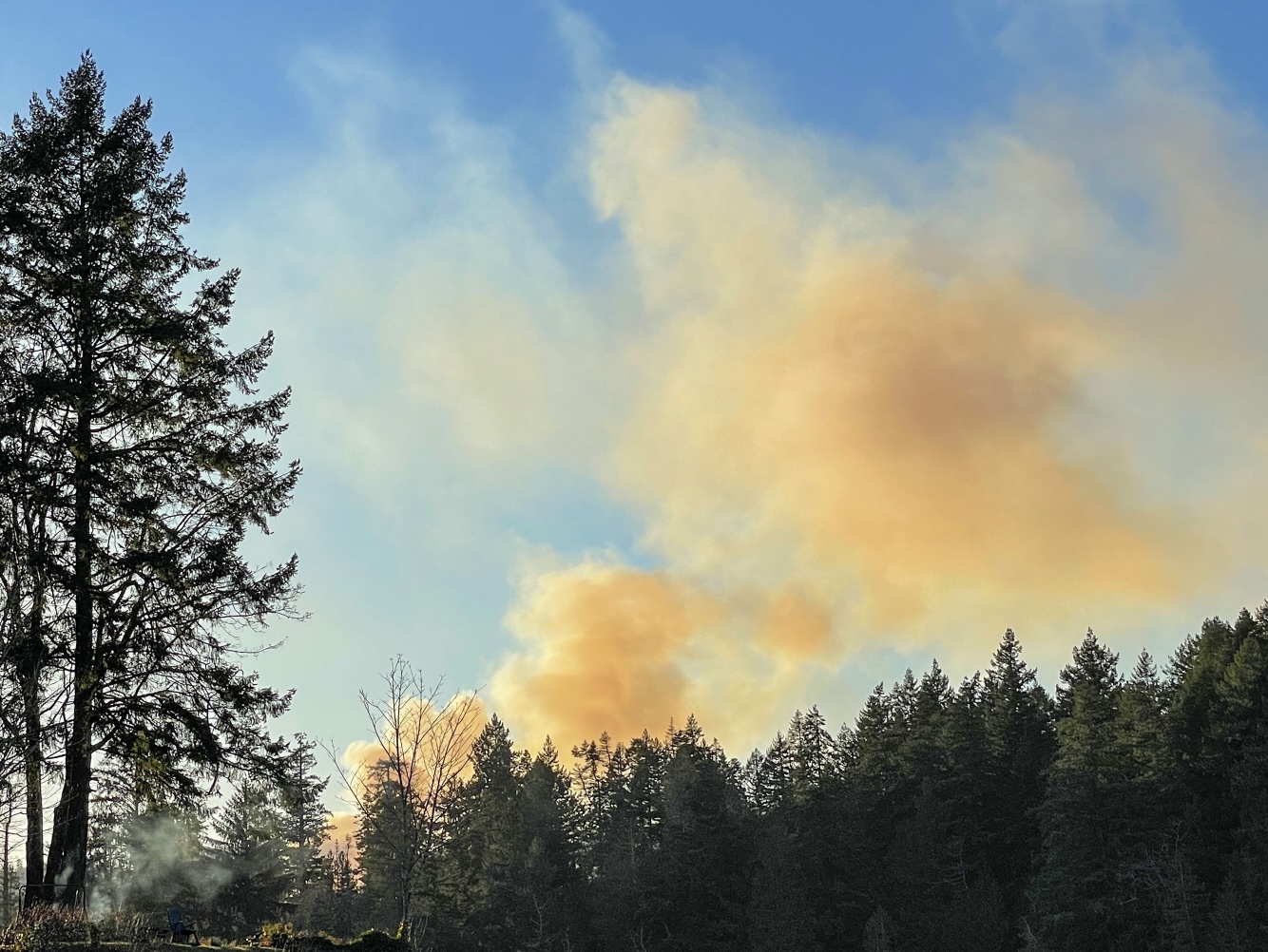 Wildfires are not always purely destructive. In many forests, fire can clear out built up dead material, return nutrients to the soil, and help ecosystems reset. For more than 100 years, the United States has spent billions of dollars on fire suppression to protect people, homes, and sensitive environments. But putting out too many fires can also prevent landscapes from getting the burns they need, allowing extra fuel to accumulate and raising the risk of larger fires later. New research … reports that nearly 38 million hectares of land in the western United States are historically behind on burning. The researchers describe these areas as being in a “fire deficit.” …”Conditions are getting so warm and dry that it’s causing huge amounts of fire compared to the historical record,” said Winslow Hansen, director of the Western Fire and Forest Resilience Collaborative and scientist at Cary Institute of Ecosystem Studies.
Wildfires are not always purely destructive. In many forests, fire can clear out built up dead material, return nutrients to the soil, and help ecosystems reset. For more than 100 years, the United States has spent billions of dollars on fire suppression to protect people, homes, and sensitive environments. But putting out too many fires can also prevent landscapes from getting the burns they need, allowing extra fuel to accumulate and raising the risk of larger fires later. New research … reports that nearly 38 million hectares of land in the western United States are historically behind on burning. The researchers describe these areas as being in a “fire deficit.” …”Conditions are getting so warm and dry that it’s causing huge amounts of fire compared to the historical record,” said Winslow Hansen, director of the Western Fire and Forest Resilience Collaborative and scientist at Cary Institute of Ecosystem Studies. 
 Cutting red tape and streamlining project work have been marching orders for the U.S. Forest Service throughout the first year of the second Trump administration. Last week, a federal court ruling on a Greater Yellowstone landscape project showed how far those directives can backfire. …Initially proposed in 2020, it received a decision notice in 2023. Opponents referred to it by its acronym, SPLAT, and promptly sued to block it. In his December 11 opinion, U.S. District Judge Donald Molloy wrote that South Plateau failed to meet requirements of the National Environmental Policy Act, National Forest Management Act and Endangered Species Act. But he added the “primary challenge concerns the project’s conditions-based management approach.” Molloy generally agreed with the plaintiffs’ concern. “This approach,” he said, “conflates a promise of future statutory compliance with actual compliance.”
Cutting red tape and streamlining project work have been marching orders for the U.S. Forest Service throughout the first year of the second Trump administration. Last week, a federal court ruling on a Greater Yellowstone landscape project showed how far those directives can backfire. …Initially proposed in 2020, it received a decision notice in 2023. Opponents referred to it by its acronym, SPLAT, and promptly sued to block it. In his December 11 opinion, U.S. District Judge Donald Molloy wrote that South Plateau failed to meet requirements of the National Environmental Policy Act, National Forest Management Act and Endangered Species Act. But he added the “primary challenge concerns the project’s conditions-based management approach.” Molloy generally agreed with the plaintiffs’ concern. “This approach,” he said, “conflates a promise of future statutory compliance with actual compliance.”



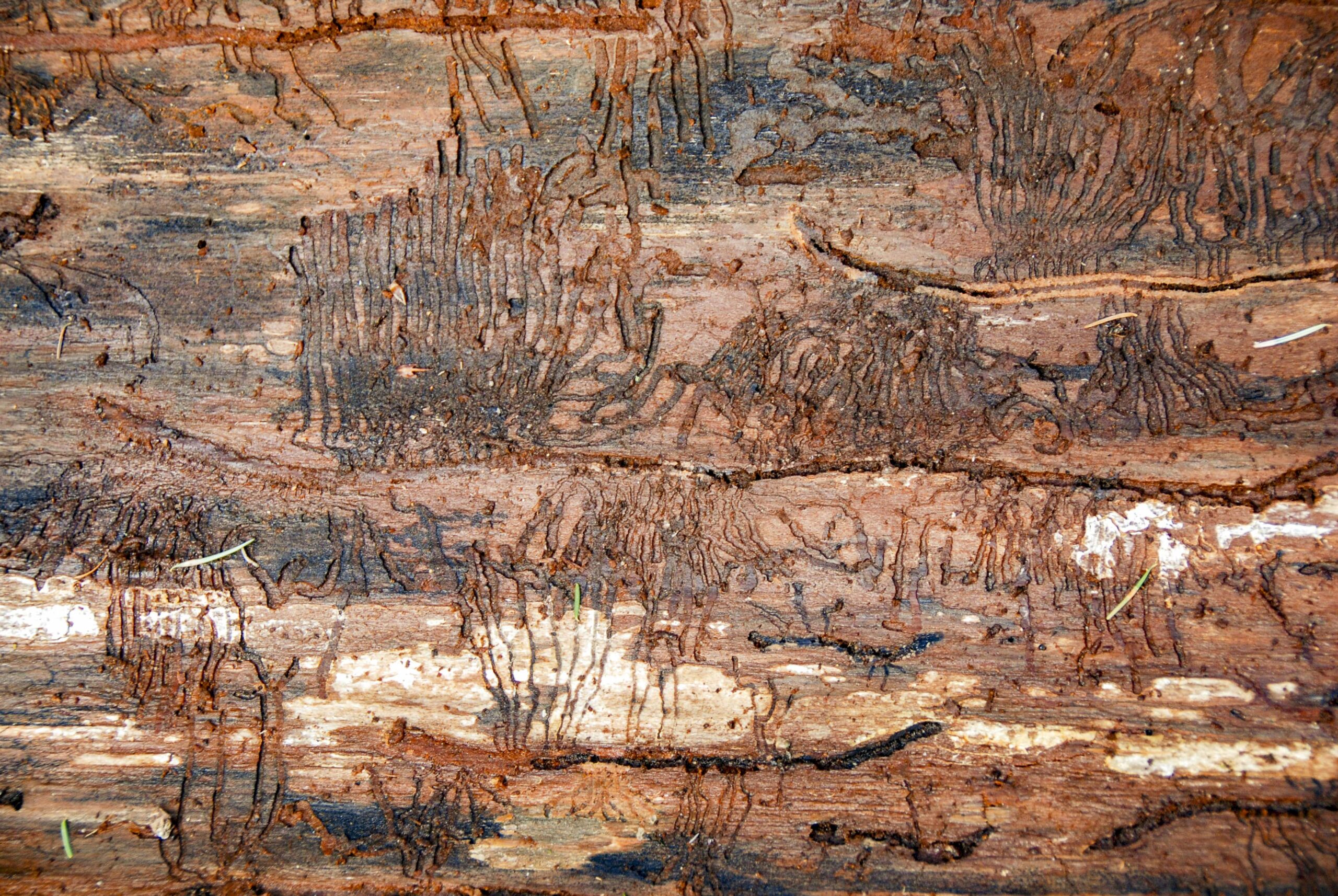 Gov. Jared Polis signed an
Gov. Jared Polis signed an  Climate change is contributing to drier conditions in the Pacific Northwest, causing wildfires to become more intense and destructive. A growing reforestation industry has emerged in their wake. The company Silvaseed is a key player in the region. Based southeast of Olympia in Roy, Washington, Silvaseed collects, cleans, catalogues and preserves seeds. It also raises millions of seedlings every year in its greenhouses and fields. Customers include private timber companies, public land managers and tribal nations. …Inside a warehouse built in the 1940s, Silvaseed general manager Kea Woodruff starts a tour of the facilities by flipping a switch to fire up a huge, old kiln. …Woodruff said most species’ cones need the kiln to reach about 100 degrees Fahrenheit. …At every step of the way, as the seed gets refined and purified, the bags are meticulously labeled and tracked.
Climate change is contributing to drier conditions in the Pacific Northwest, causing wildfires to become more intense and destructive. A growing reforestation industry has emerged in their wake. The company Silvaseed is a key player in the region. Based southeast of Olympia in Roy, Washington, Silvaseed collects, cleans, catalogues and preserves seeds. It also raises millions of seedlings every year in its greenhouses and fields. Customers include private timber companies, public land managers and tribal nations. …Inside a warehouse built in the 1940s, Silvaseed general manager Kea Woodruff starts a tour of the facilities by flipping a switch to fire up a huge, old kiln. …Woodruff said most species’ cones need the kiln to reach about 100 degrees Fahrenheit. …At every step of the way, as the seed gets refined and purified, the bags are meticulously labeled and tracked.
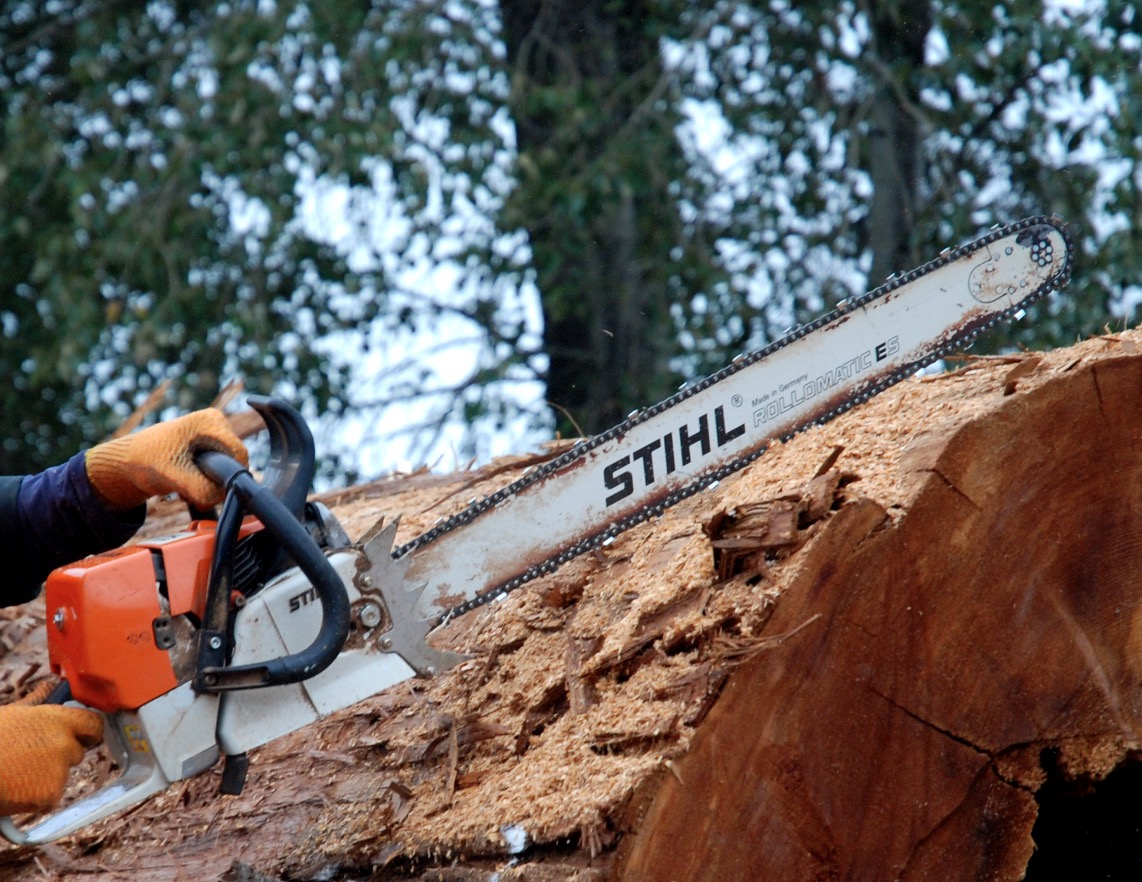 Two meetings next week between U.S. Forest Service leadership and timber industry representatives in Southeast Alaska are raising concerns among tribal and other officials about the possibility a years-long revision of the management plan for the Tongass National Forest will be halted by the Trump administration. At least one additional meeting is now planned next week because of those concerns, scheduled next Friday in Juneau between Forest Service leaders and members of the Central Council of the Tlingit and Haida Indian Tribes of Alaska, according to officials. A request to halt work on the revised plan is being made by the Alaska Forest Association, which states less than 10% of old-growth trees allotted to the timber industry in a 2016 revision of the plan have actually been authorized for harvest. The allocation of 430 million board feet (mmbf) was intended to support a 15-year industry transition to harvesting new-growth trees, according to AFA.
Two meetings next week between U.S. Forest Service leadership and timber industry representatives in Southeast Alaska are raising concerns among tribal and other officials about the possibility a years-long revision of the management plan for the Tongass National Forest will be halted by the Trump administration. At least one additional meeting is now planned next week because of those concerns, scheduled next Friday in Juneau between Forest Service leaders and members of the Central Council of the Tlingit and Haida Indian Tribes of Alaska, according to officials. A request to halt work on the revised plan is being made by the Alaska Forest Association, which states less than 10% of old-growth trees allotted to the timber industry in a 2016 revision of the plan have actually been authorized for harvest. The allocation of 430 million board feet (mmbf) was intended to support a 15-year industry transition to harvesting new-growth trees, according to AFA.


 WASHINGTON — On Tuesday, the U.S. House of Representatives passed two major bills for Washington state Tribes, the Lower Elwha Klallam Tribe Project Lands Restoration Act, and the Quinault Indian Nation Land Transfer Act. Both bills initiate the first step to return land back to the Tribes by transferring ownership from the federal government to the Bureau of Indian Affairs to be held in trust for the benefit of the Tribes. [The bills were introduced into] legislation in April 2025. The bills now go to the Senate for consideration. “Today, we took an important step in upholding our treaty obligations by passing legislation to transfer land into trust for the Lower Elwha Klallam Tribe and the Quinault Indian Nation,” said Rep. Randall. “I urge my colleagues in the Senate to quickly pass these two bills to ensure we meet our trust responsibilities to restore Tribal lands.”
WASHINGTON — On Tuesday, the U.S. House of Representatives passed two major bills for Washington state Tribes, the Lower Elwha Klallam Tribe Project Lands Restoration Act, and the Quinault Indian Nation Land Transfer Act. Both bills initiate the first step to return land back to the Tribes by transferring ownership from the federal government to the Bureau of Indian Affairs to be held in trust for the benefit of the Tribes. [The bills were introduced into] legislation in April 2025. The bills now go to the Senate for consideration. “Today, we took an important step in upholding our treaty obligations by passing legislation to transfer land into trust for the Lower Elwha Klallam Tribe and the Quinault Indian Nation,” said Rep. Randall. “I urge my colleagues in the Senate to quickly pass these two bills to ensure we meet our trust responsibilities to restore Tribal lands.”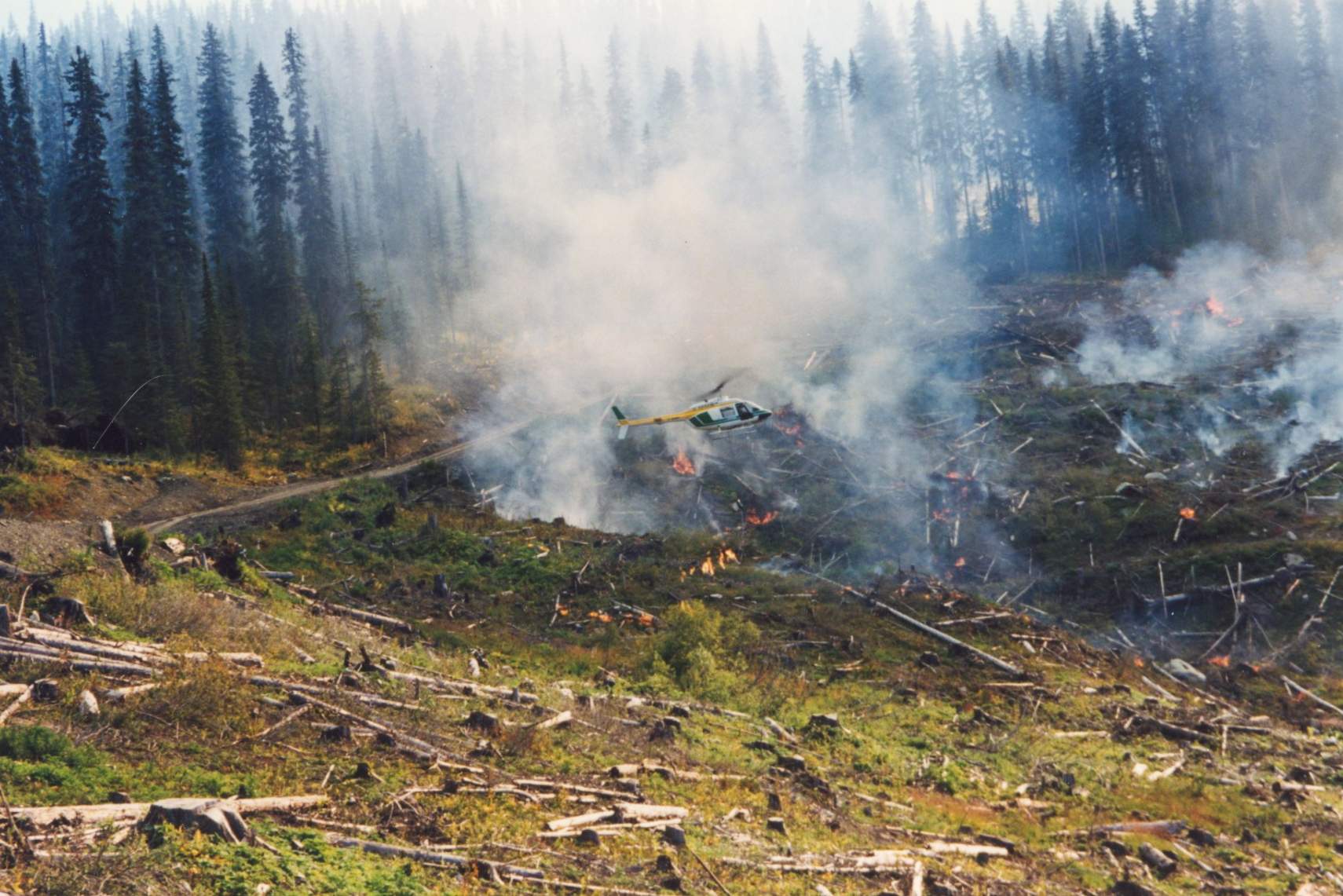 A new analysis making the rounds on Capitol Hill says the U.S. Forest Service sharply scaled back prescribed burns, thinning and other fuel-reduction work this year, leaving far fewer acres treated than in recent years. Through the first nine months of 2025, the agency logged under 1.7 million acres of treatments, well below the roughly four-year average that wildfire experts say is needed to protect communities and watersheds. The drop-off has Democratic senators and veteran firefighters pressing the agency for staffing numbers and a concrete plan to catch up before next fire season. As reported by Times of San Diego, the data cited by lawmakers comes from an analysis compiled by Grassroots Wildland Firefighters that compares the January-September 2025 total to a roughly 3.6 million-acre annual average from 2021-2024. Senators circulated that tally in a letter demanding detailed staffing and mitigation plans from the Forest Service.
A new analysis making the rounds on Capitol Hill says the U.S. Forest Service sharply scaled back prescribed burns, thinning and other fuel-reduction work this year, leaving far fewer acres treated than in recent years. Through the first nine months of 2025, the agency logged under 1.7 million acres of treatments, well below the roughly four-year average that wildfire experts say is needed to protect communities and watersheds. The drop-off has Democratic senators and veteran firefighters pressing the agency for staffing numbers and a concrete plan to catch up before next fire season. As reported by Times of San Diego, the data cited by lawmakers comes from an analysis compiled by Grassroots Wildland Firefighters that compares the January-September 2025 total to a roughly 3.6 million-acre annual average from 2021-2024. Senators circulated that tally in a letter demanding detailed staffing and mitigation plans from the Forest Service.
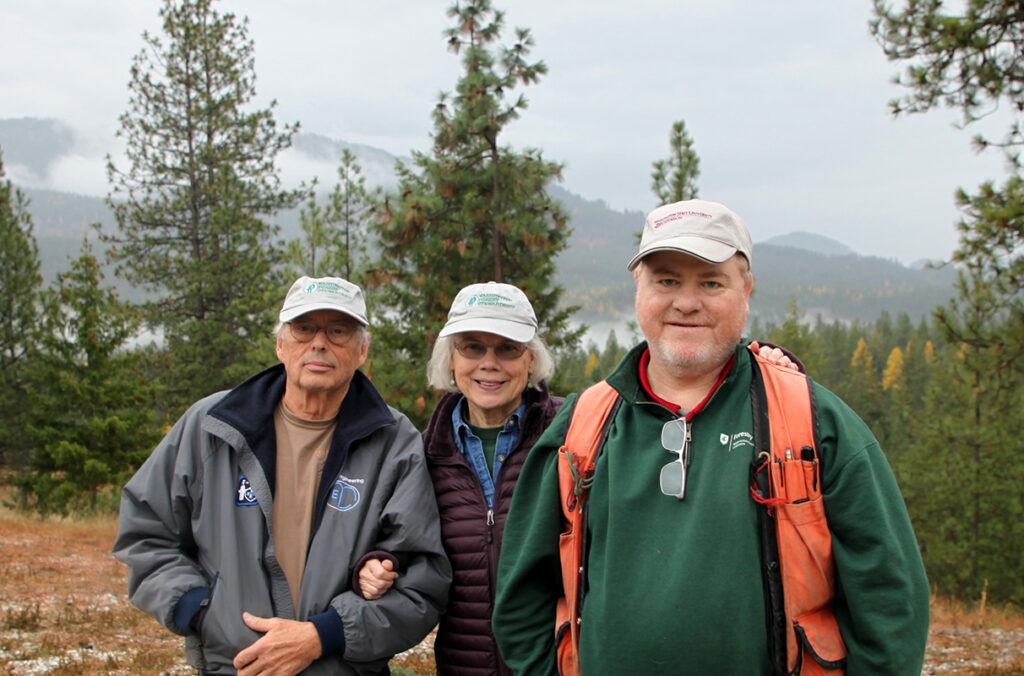
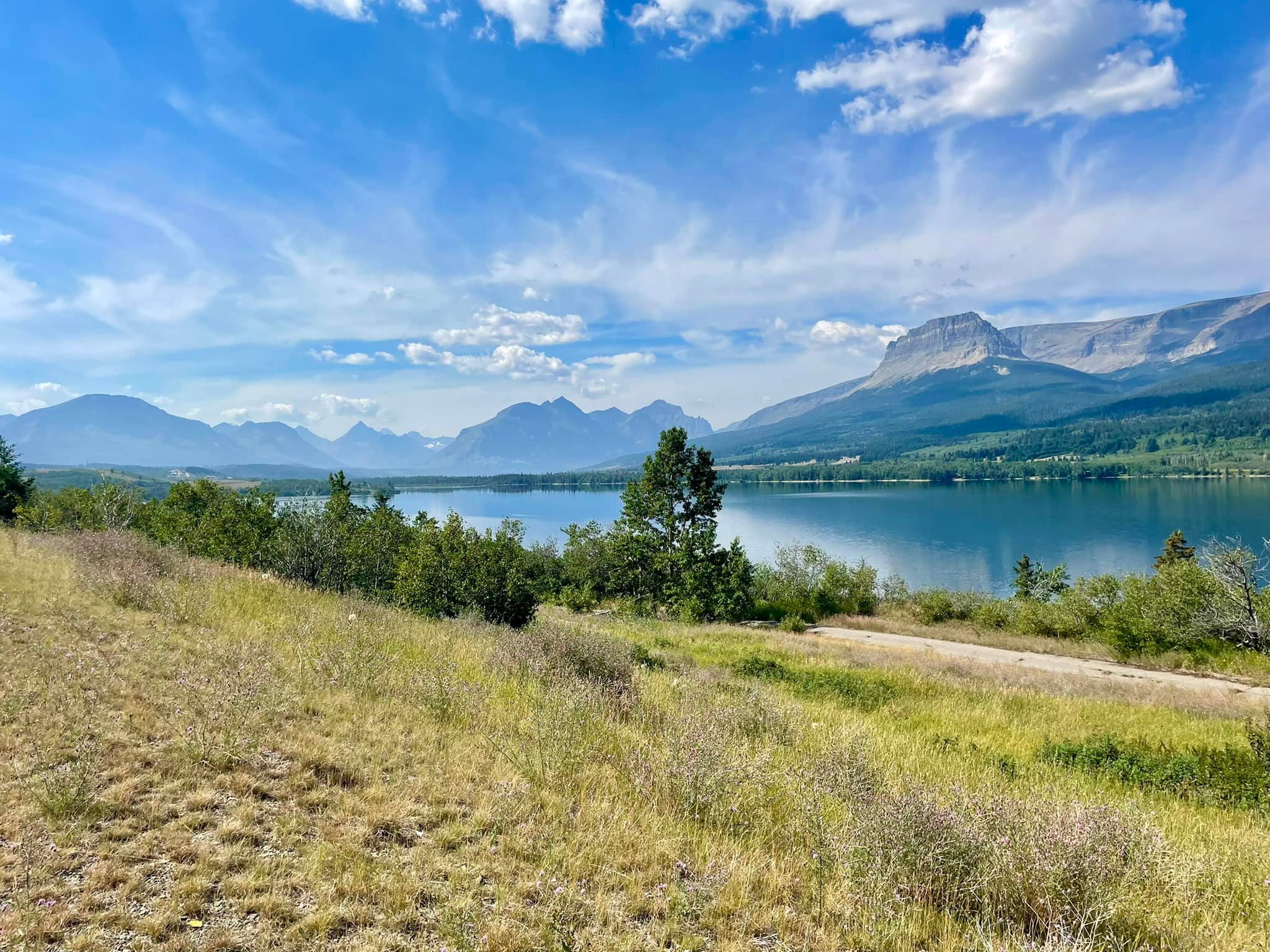 Despite a growing chorus of conservation advocates calling on Montana’s congressional delegates to defend roadless wildlands through permanent protections, a bill to do so seems unlikely to advance without Republican support, including that of U.S. Sen. Steve Daines. A Senate Energy and Natural Resources subcommittee on which Daines serves held a hearing Dec. 2 to consider a slate of 26 public lands and wildfire bills, among them a measure to enshrine the decades-old Roadless Rule into law. Re-introduced in June … the Roadless Area Conservation Act would protect nearly 60 million acres of national forestland. Although it has failed before, its supporters say this version comes at a pivotal moment as the Trump administration moves to roll back safeguards introduced in 2001. Hoping to capitalize on the bipartisan support that helped cleave a public land sale provision out of [the] One Big Beautiful Bill Act … conservation groups this week mounted a similar pressure campaign on Daines.
Despite a growing chorus of conservation advocates calling on Montana’s congressional delegates to defend roadless wildlands through permanent protections, a bill to do so seems unlikely to advance without Republican support, including that of U.S. Sen. Steve Daines. A Senate Energy and Natural Resources subcommittee on which Daines serves held a hearing Dec. 2 to consider a slate of 26 public lands and wildfire bills, among them a measure to enshrine the decades-old Roadless Rule into law. Re-introduced in June … the Roadless Area Conservation Act would protect nearly 60 million acres of national forestland. Although it has failed before, its supporters say this version comes at a pivotal moment as the Trump administration moves to roll back safeguards introduced in 2001. Hoping to capitalize on the bipartisan support that helped cleave a public land sale provision out of [the] One Big Beautiful Bill Act … conservation groups this week mounted a similar pressure campaign on Daines.
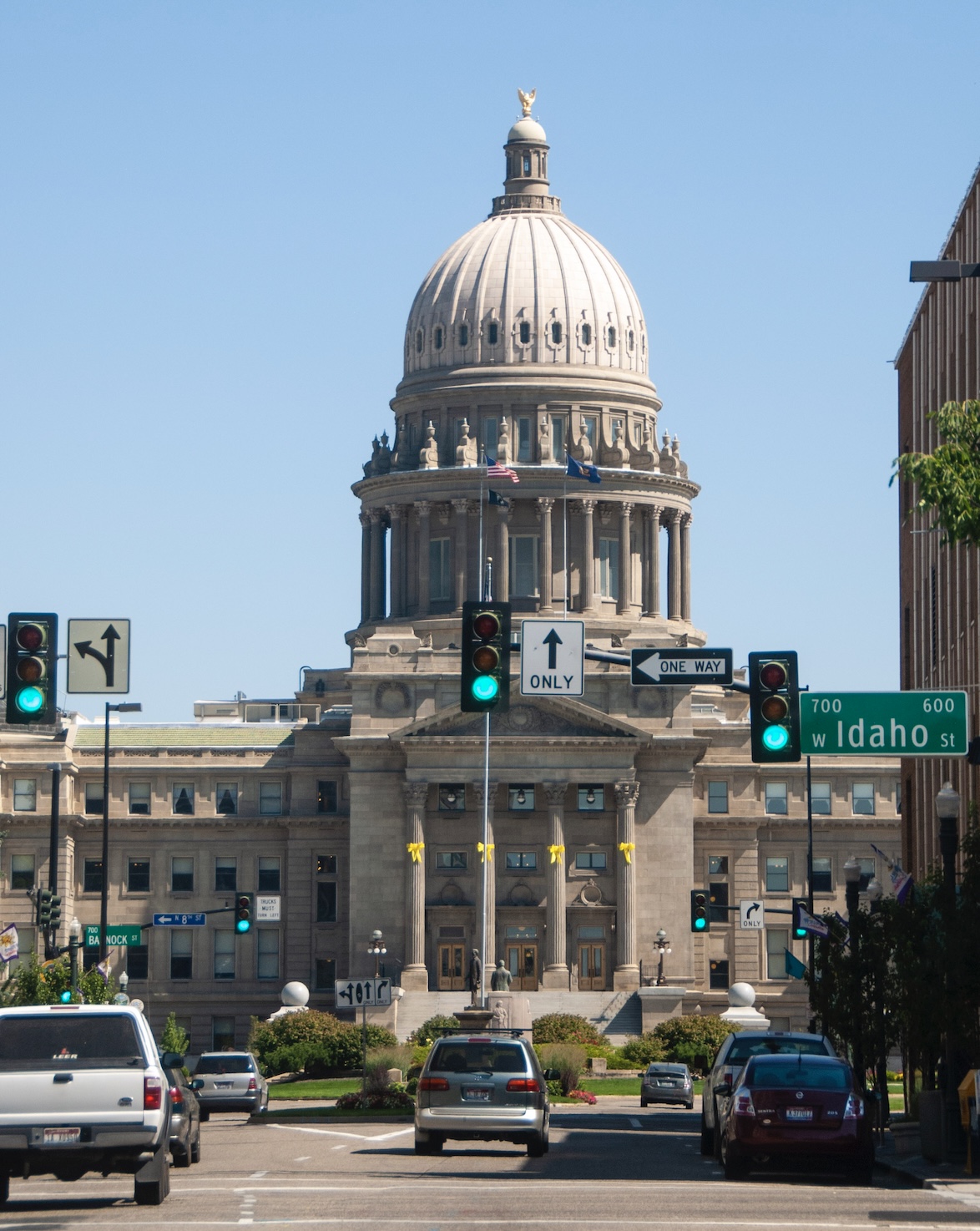 BOISE, Idaho — Governor Brad Little joined U.S. Forest Service Chief Tom Schultz and Idaho Department of Lands Director Dustin Miller on Friday to renew and expand Idaho’s Shared Stewardship agreement with the federal government — a move aimed at increasing the pace and scale of forest management across the state. The updated agreement establishes a collaborative framework between the U.S. Forest Service and the State of Idaho to strengthen policies related to forest restoration, land management, and wildfire mitigation “across Idaho’s forests and nearby communities.” Building on the landmark 2018 Shared Stewardship agreement, the new plan deepens joint efforts to boost timber production, accelerate wildland restoration, and expand forest health projects on national forests and adjacent state and private lands. The partnership reaffirms each side’s commitment to proactive landscape management as fire seasons grow increasingly longer and more intense.
BOISE, Idaho — Governor Brad Little joined U.S. Forest Service Chief Tom Schultz and Idaho Department of Lands Director Dustin Miller on Friday to renew and expand Idaho’s Shared Stewardship agreement with the federal government — a move aimed at increasing the pace and scale of forest management across the state. The updated agreement establishes a collaborative framework between the U.S. Forest Service and the State of Idaho to strengthen policies related to forest restoration, land management, and wildfire mitigation “across Idaho’s forests and nearby communities.” Building on the landmark 2018 Shared Stewardship agreement, the new plan deepens joint efforts to boost timber production, accelerate wildland restoration, and expand forest health projects on national forests and adjacent state and private lands. The partnership reaffirms each side’s commitment to proactive landscape management as fire seasons grow increasingly longer and more intense.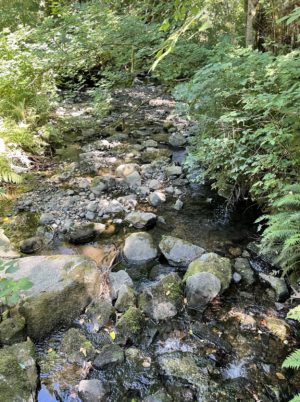 The Washington Forest Protection Association (WFPA) announced last week that it would file litigation against Washington state. The lawsuit will challenge a new buffer rule by the Washington State Forest Practices Board. The new rule expands the required no-cut buffers around non-fish-bearing streams in the state, requiring forestland owners to leave more trees uncut. WFPA states that it believes the new rule is a result of the Washington state Department of Ecology “misinterpreting” a federal water temperature standard. The statement added that the financial cost of implementing the rule is so large that it “justifies a judicial review.” The group also painted the creation of the new rule as a break from the state’s tradition of collaboration with other stakeholders. …“The rule overreaches the law, ignores on-the-ground realities, adds costly and unnecessary regulations, and offers little to no benefit for salmon recovery.”
The Washington Forest Protection Association (WFPA) announced last week that it would file litigation against Washington state. The lawsuit will challenge a new buffer rule by the Washington State Forest Practices Board. The new rule expands the required no-cut buffers around non-fish-bearing streams in the state, requiring forestland owners to leave more trees uncut. WFPA states that it believes the new rule is a result of the Washington state Department of Ecology “misinterpreting” a federal water temperature standard. The statement added that the financial cost of implementing the rule is so large that it “justifies a judicial review.” The group also painted the creation of the new rule as a break from the state’s tradition of collaboration with other stakeholders. …“The rule overreaches the law, ignores on-the-ground realities, adds costly and unnecessary regulations, and offers little to no benefit for salmon recovery.”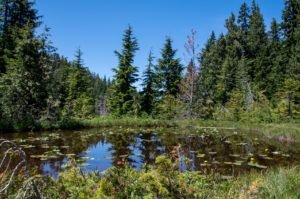 As the US Forest Service considers the future management of the Tongass National Forest, I hope that Alaska’s congressional delegation will listen to what Southeast Alaskans already know: Wild salmon are one of the Tongass’ most valuable resources. If we leave the trees standing and protect the habitat that fish need, the Tongass will continue to generate billions of dollars in natural dividends, in turn supporting thousands of fishing jobs and providing millions of pounds of nutritious seafood year after year. …For decades, Southeast Alaska’s communities and fishermen have fought industrial logging in the Tongass. …The harmful impacts of industrial logging on Southeast Alaska’s salmon watersheds and our natural dividends are not hypothetical. Protecting the Tongass is the most cost-effective way to improve ecosystem productivity and ensure the well-being for all who call Southeast home.
As the US Forest Service considers the future management of the Tongass National Forest, I hope that Alaska’s congressional delegation will listen to what Southeast Alaskans already know: Wild salmon are one of the Tongass’ most valuable resources. If we leave the trees standing and protect the habitat that fish need, the Tongass will continue to generate billions of dollars in natural dividends, in turn supporting thousands of fishing jobs and providing millions of pounds of nutritious seafood year after year. …For decades, Southeast Alaska’s communities and fishermen have fought industrial logging in the Tongass. …The harmful impacts of industrial logging on Southeast Alaska’s salmon watersheds and our natural dividends are not hypothetical. Protecting the Tongass is the most cost-effective way to improve ecosystem productivity and ensure the well-being for all who call Southeast home.  TROY, Montana — Vincent Logging, a family-owned logging company in Libby is working with Hecla Mining Company to manage its forested lands for wildlife habitat. It’s a 15-hundred acre research project to determine which management techniques provide the best habitat for endangered species. …It’s forest land in the Bull Lake area on Hecla Mining property near Troy. “We’re going to create grizzly bear habitat or enhance existing habitat for the bear,” he said. “Doing so, will enhance habitat for all the other critters that are living in here or that might live in here. We’re also studying it for success or failure at the same time.” Chas said thinning small diameter trees opens the area to create more plants that grizzlies like to eat. Larger diameter trees and thickets are left untouched to create a safe haven for the bears.
TROY, Montana — Vincent Logging, a family-owned logging company in Libby is working with Hecla Mining Company to manage its forested lands for wildlife habitat. It’s a 15-hundred acre research project to determine which management techniques provide the best habitat for endangered species. …It’s forest land in the Bull Lake area on Hecla Mining property near Troy. “We’re going to create grizzly bear habitat or enhance existing habitat for the bear,” he said. “Doing so, will enhance habitat for all the other critters that are living in here or that might live in here. We’re also studying it for success or failure at the same time.” Chas said thinning small diameter trees opens the area to create more plants that grizzlies like to eat. Larger diameter trees and thickets are left untouched to create a safe haven for the bears. ARIZONA — For the first time in months, Forest Service timber managers last week attended a Natural Resources Working Group meeting on the continuing effort to restore Northern Arizona forests and protect communities including Payson, Show Low, Pinetop and Pine. Local officials and logging operators said they are still searching for ways to handle millions of tons of low-value brush, slash and small trees that crowd the region’s overgrown ponderosa pine forests. The group, formed through the Eastern Arizona Counties Organization, meets regularly with industry representatives and Forest Service staff. …The Four Forest Restoration Initiative (4FRI) completed about 18,000 acres of thinning in the past year. Mass layoffs and the shutdown limited collaboration and fieldwork. …Pascal Berlioux, executive director of the Eastern Arizona Counties Organization, said a major problem was reduced production at the Lignetics plant in Show Low, which normally buys large amounts of biomass for wood-pellet manufacturing.
ARIZONA — For the first time in months, Forest Service timber managers last week attended a Natural Resources Working Group meeting on the continuing effort to restore Northern Arizona forests and protect communities including Payson, Show Low, Pinetop and Pine. Local officials and logging operators said they are still searching for ways to handle millions of tons of low-value brush, slash and small trees that crowd the region’s overgrown ponderosa pine forests. The group, formed through the Eastern Arizona Counties Organization, meets regularly with industry representatives and Forest Service staff. …The Four Forest Restoration Initiative (4FRI) completed about 18,000 acres of thinning in the past year. Mass layoffs and the shutdown limited collaboration and fieldwork. …Pascal Berlioux, executive director of the Eastern Arizona Counties Organization, said a major problem was reduced production at the Lignetics plant in Show Low, which normally buys large amounts of biomass for wood-pellet manufacturing.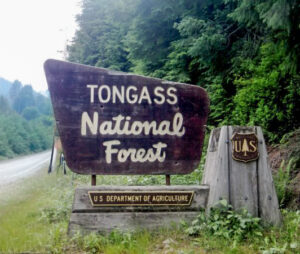 It was no surprise that everyone on the timber panel at this month’s Alaska Resource Development Council conference had the same message: The industry needs a larger supply of trees to cut. And a steady, bankable supply, said Joe Young, of Tok, who started Young’s Timber in Alaska’s Interior more than 30 years ago. …The Nov. 13 industry panel at the annual conference held in Anchorage also talked about demand for their product and the challenges in meeting that demand. Juneau attorney Jim Clark, said the Trump administration’s move to rescind the Roadless Rule, which has been around since 2001, could help open areas of the Tongass National Forest to logging. …The lack of timber sales, financial pressures and opposition from conservation groups have knocked down Alaska timber industry jobs from almost 4,000 in 1990 to about 700 in 2015 and just 360 in 2024, according to Alaska Department of Labor statistics.
It was no surprise that everyone on the timber panel at this month’s Alaska Resource Development Council conference had the same message: The industry needs a larger supply of trees to cut. And a steady, bankable supply, said Joe Young, of Tok, who started Young’s Timber in Alaska’s Interior more than 30 years ago. …The Nov. 13 industry panel at the annual conference held in Anchorage also talked about demand for their product and the challenges in meeting that demand. Juneau attorney Jim Clark, said the Trump administration’s move to rescind the Roadless Rule, which has been around since 2001, could help open areas of the Tongass National Forest to logging. …The lack of timber sales, financial pressures and opposition from conservation groups have knocked down Alaska timber industry jobs from almost 4,000 in 1990 to about 700 in 2015 and just 360 in 2024, according to Alaska Department of Labor statistics.
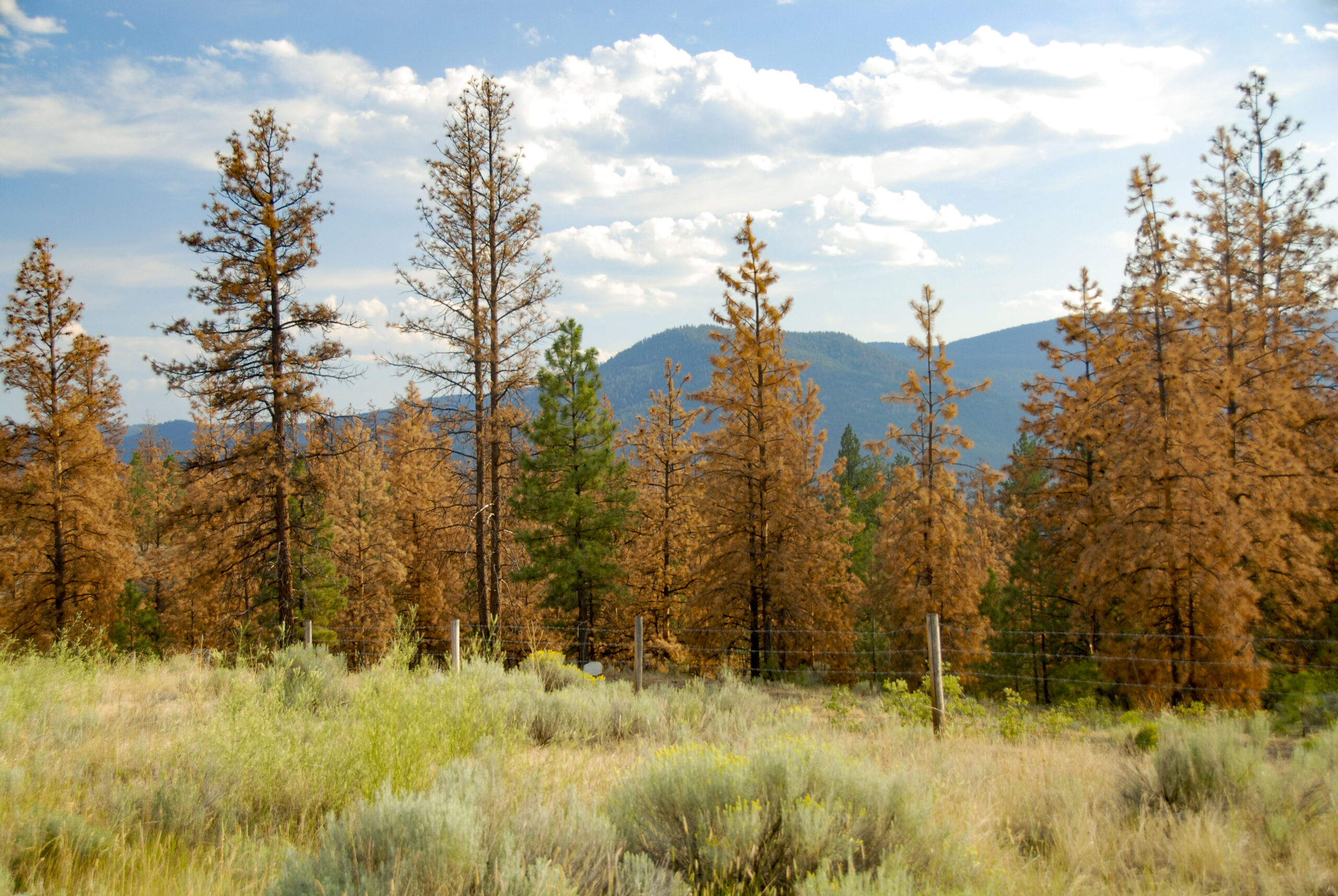 Kremmling, Colorado — The Mill in Kremmling is contributing to the natural carbon-storing success of trees in Routt County by purchasing and reusing standing dead trees logged during wildfire mitigation projects and turned into usable wood products. The company’s goal is to support the local economy and Colorado’s timber industry by creating a demand for forest products sourced entirely from fire mitigation projects, said Lisa Hara, owner and CEO at The Mill. Some 90% of the trees processed at The Mill come from Routt County, with 10% from Jefferson County for Douglas fir wood, Hara said. “We help Routt County by creating a demand for materials that come directly from fire mitigation and watershed projects,” said Hara, who purchased The Mill in spring 2023. “Instead of being treated as waste, this wood becomes a resource, one that supports forest health and rural jobs at the same time.”
Kremmling, Colorado — The Mill in Kremmling is contributing to the natural carbon-storing success of trees in Routt County by purchasing and reusing standing dead trees logged during wildfire mitigation projects and turned into usable wood products. The company’s goal is to support the local economy and Colorado’s timber industry by creating a demand for forest products sourced entirely from fire mitigation projects, said Lisa Hara, owner and CEO at The Mill. Some 90% of the trees processed at The Mill come from Routt County, with 10% from Jefferson County for Douglas fir wood, Hara said. “We help Routt County by creating a demand for materials that come directly from fire mitigation and watershed projects,” said Hara, who purchased The Mill in spring 2023. “Instead of being treated as waste, this wood becomes a resource, one that supports forest health and rural jobs at the same time.”
